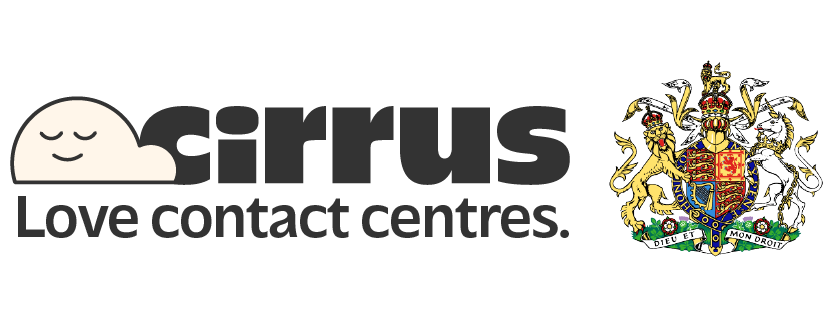What is an inbound call?
An inbound call is a phone call made by a customer, client, or other external party to a business. These calls are typically handled by trained agents who assist with customer service inquiries, technical issues, billing questions, and general support.
Inbound calls are a core element of customer interaction, offering companies a chance to address concerns, provide accurate information, and deliver a personalised experience.
Understanding inbound call centres
An inbound call centre is set up to manage incoming phone calls in an organised, efficient manner. These calls may be answered by live agents or routed through automated self-service systems such as interactive voice response (IVR). The goal is to minimise wait times, ensure accurate routing, and support effective resolution.
To achieve this, many contact centres rely on a combination of real-time analytics, robust workforce management, and routing systems that match each call with the right person. Platforms that provide this functionality often support communication across multiple channels, enabling an omni-channel approach that integrates voice, chat, and email.
To learn more about how this is managed across different channels, you can explore the role of omni-channel solutions in modern contact centres.
Inbound vs outbound calls
The main distinction between inbound and outbound calling is who initiates the interaction.
Inbound calls come from customers looking for support, information, or help. These are reactive in nature. Outbound calls, on the other hand, are initiated by businesses, typically as part of sales outreach, appointment reminders, or follow-ups.
Many organisations combine both with a hybrid model, allowing agents to handle both types of conversations based on business needs and time of day.
Types of inbound calls
Inbound calls can serve many functions, including:
- Customer support questions
- Billing enquiries
- Product or service information
- Feedback or complaints
- Escalations from self-service options
- Inquiries from prospective customers
Depending on the nature of the call, it may be directed to specific agents who are trained to manage certain types of requests. Smart routing is often handled through a contact flow engine or dynamic menus that reduce unnecessary transfers.
What does an inbound call journey look like?
When someone places an inbound call, the process typically begins with an automated greeting and basic menu options. If the issue is simple, it may be resolved through self-service. Otherwise, the call is routed to an available agent.
Once connected, the agent may review previous interactions or customer details using CRM tools, enabling a personalised response. This structure supports a more informed conversation and better overall service outcomes.
Systems that support this kind of workflow typically allow agents to view historical notes, access client information, and review any ongoing training notes for the caller. This improves both the customer’s experience and the agent’s confidence in resolving issues.
Common challenges and how to solve them
Handling inbound calls effectively requires overcoming several challenges:
High call volumes
During peak times, call centres may struggle with wait times. Workforce scheduling tools and overflow routing help manage spikes.
Repetitive queries
Agents often receive similar questions. Integrating help centres, knowledge bases, or chatbot handovers can reduce volume.
Delayed resolutions
Calls without proper context take longer to resolve. Linking inbound call data with CRM records helps cut down average handling time.
Agent fatigue
Repetitive tasks and long calls can affect agent morale. Consider Microsoft Teams integration that promotes internal support and better collaboration.
Key inbound call metrics
Tracking performance is essential in any inbound contact centre. Some of the most commonly used metrics include:
- Average handle time
- Abandonment rate
- Resolution rate
- Customer satisfaction
- Conversion rates (in sales-oriented setups)
- Agent performance by call volume, tone, or outcome
These data points help inform future hiring, identify where additional training is needed, and improve service consistency across teams.
Who uses inbound call centres?
Inbound call centres are common across nearly every industry. Some typical use cases include:
- Retail companies managing order updates, returns, or delivery questions
- Housing services handling tenant inquiries or maintenance requests
- Healthcare providers answering questions about appointments or coverage
- Higher education institutions helping students navigate admissions or fees
- Nonprofits responding to donor or volunteer queries
- Business process outsourcers managing calls on behalf of multiple clients
Each sector uses its inbound services differently, but the underlying needs are the same: offer clear answers, reduce friction, and maintain positive interactions with customers.
To meet those goals, organisations often rely on contact centre platforms that offer flexible configurations tailored to different industries, such as those used in housing or government and healthcare.
Tools that support inbound call centres
An effective inbound system includes a mix of technologies designed to enhance performance and service. These may include:
- Call distribution systems that route customers to the right agent
- Self-service features like IVR or live chat for basic requests
- CRM integration that allows access to prior conversations and customer preferences
- Analytics dashboards for supervisors to track agent and team performance
- Tools for secure payment processing when needed
- Accessibility features that help customers with diverse needs interact with the service effectively
Many businesses opt for platforms that facilitate seamless collaboration through integrations with team tools like Microsoft Teams and workforce management systems that support flexible scheduling and workload balancing.
Setting up your inbound process
If you’re planning to launch or improve inbound operations in your organisation, consider the following steps:
- Define your primary call types and expected volume
- Choose software that supports call handling, reporting, and automation
- Build a training plan that includes both technical product knowledge and soft skills
- Set clear performance metrics and review them regularly
- Monitor call recordings or surveys for insights into the customer experience
- Adjust your routing and team allocation based on real-time and historical data
A strong foundation ensures that every caller is met with prompt, accurate, and respectful service.
Frequently asked questions
What is an inbound call?
An inbound call is one made by a customer to a business, usually to request help, ask questions, or resolve an issue.
What does an inbound call centre do?
It handles all incoming calls and provides support or answers for customers. It may also route callers to other departments or offer self-service features.
How many inbound calls can a business handle?
This depends on staffing, technology, and call complexity. A small team may handle a few dozen per day, while larger centres may handle thousands.
Can inbound calls result in sales?
Yes. While not every inbound call is sales-driven, agents trained in effective communication can identify qualified leads or upsell when appropriate.
How do I start offering inbound support?
Begin by defining your goals, selecting the right technology, training your staff, and implementing tracking systems to ensure ongoing quality.
Final thoughts
Inbound calls offer an opportunity for businesses to create exceptional customer experiences from the very first interaction. With a structured approach to call management, access to relevant data, and a platform that supports flexibility and responsiveness, businesses can turn incoming calls into lasting relationships.
To explore the features that support high-performing inbound operations, including integrated CRM, omnichannel routing, and agent assist tools, leverage an ideal contact centre platform. If you’re ready to see how it could work in your environment, you can request a demo to get started.
Your Contact Centre, Your Way
This is about you. Your customers, your team, and the service you want to deliver. If you’re ready to take your contact centre from good to extraordinary, get in touch today.


